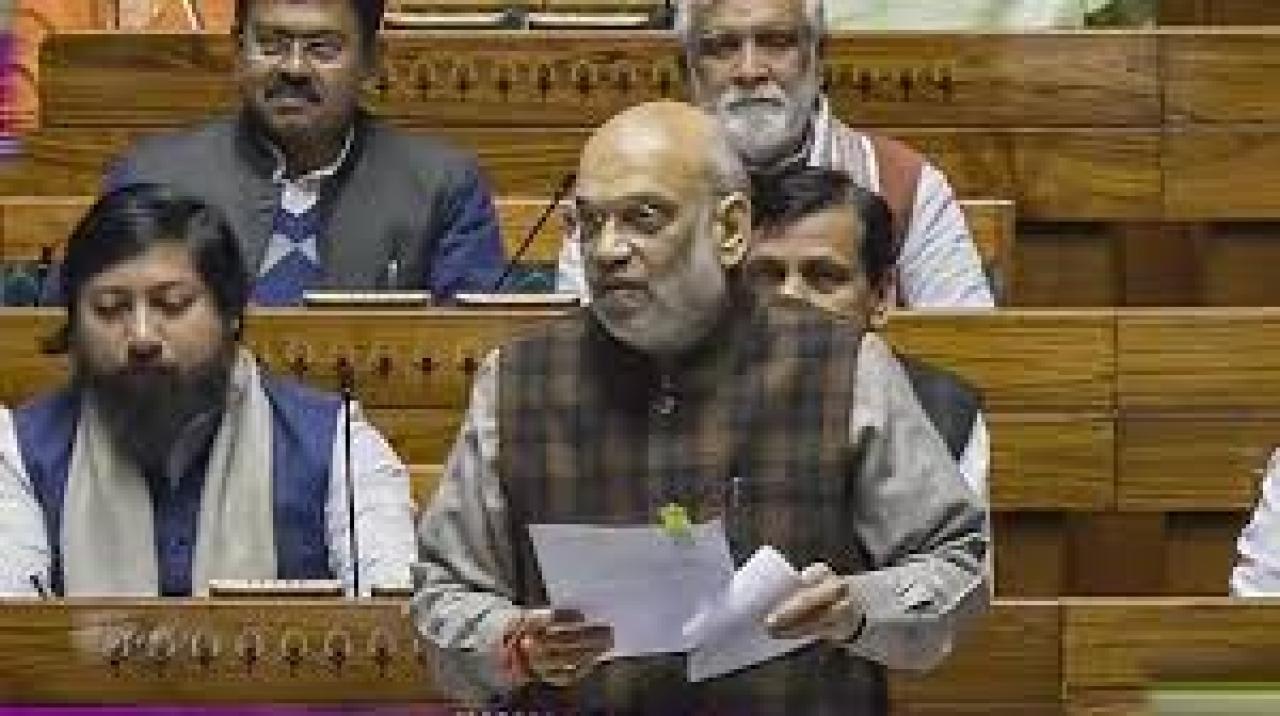Sharon Hudemka, owner of Knitting Time, at centre, helps a customer at her shop in Lethbridge, Alta. on Nov. 28.
Ian Martens/The Globe and Mail If you work with yarn and need some guidance, Sharon Hudemka has got you sorted. Along with spinning wheels, needles and other supplies, the owner of Knitting Time in Lethbridge, Alta., carries more than 2,000 instructional pamphlets, pattern books and other printed materials that cover fibre crafts such as knitting, crochet and cross-stitch.

But as a recently announced moratorium on the goods and services tax approaches, for two months starting on Dec. 14, Ms. Hudemka has a problem.
In the complex details of the federal government’s plan for the tax holiday, printed books and newspapers will be tax-exempt, but plenty of other printed materials will not – including magazines, brochures or pamphlets, and collections “of blueprints, patterns or stencils.” Ms. Hudemka carries all kinds.
“There’s only so much filtering you can do in a point-of-sale system without it being very cumbersome. Everything in our machine is set as ‘books,’” she said. To go into the system and individually categorize which items will be GST-free, Ms.
Hudemka added, “It’s going to take days.” She is just one of many business owners across Canada now racing to prepare for the GST break , all while juggling the demands of their busiest sales season. On Thursday, the Canadian Federation of Independent Business released a survey it conducted this week with more than 3,500 small business owners.
Three-quarters reported that implementing the tax break would not only be “complicated,” but would also impose added costs on their operations. The CFIB called on the Department of Finance to provide a minimum $1,000 credit in small firms’ GST/HST accounts as compensation. Not all industry associations agree.
The Canadian Federation of Independent Grocers, for example, applauded the government’s move, even though “the administrative challenges on this tax change are significant and real,” Gary Sands, CFIG’s vice-president of government relations, wrote in an e-mail. What’s included in the GST cuts and what isn’t? Many stores are facing varying tax rules for similar items once the moratorium takes effect. Buying your child a picture book for the holidays? That’s tax-free.
A colouring book? No such luck. Bringing a bottle of wine to a holiday dinner? After Dec. 14, that will be GST-exempt, but if you pick up a nice whisky for your host, it will be taxed.
Kids’ clothing won’t be taxed, but if it’s “used exclusively in sports or recreational activities,” GST applies. Katherine Cuplinskas, spokesperson for Finance Minister Chrystia Freeland , said the government drew up its list of affected items by, first, wanting to capture groceries and other essentials that are a pressure point for many Canadians. She said many food items are already exempt from the GST, so officials targeted items that aren’t, such as prepared foods.
As well, because the holidays can be an expensive time for families, they included children’s clothes and toys, and Christmas trees. She said the tax break extends through January because that tends to be a lull time for many businesses, such as restaurants. But the timing of the break, for some businesses, means simply that their holiday rush has been delayed.
Michelle Wasylyshen, president and chief executive officer of industry association Ontario Craft Wineries, heard from one of her members that a corporate client called to say they would be placing a $10,000 order after Dec. 14. The client would usually submit that order in late November.
“They’re going to have to hustle at the last minute,” Ms. Wasylyshen said, adding that she’s heard similar stories from other wineries. For orders that need to be delivered outside of the wineries’ local areas, getting those purchases to customers in time for the holidays will mean added costs for rush shipping.
Last week’s announcement caused confusion among wineries and other retailers of alcoholic beverages, since the government’s backgrounder explained that the tax break includes “wine, beer, ciders and spirit coolers up to 7 per cent ABV,” or alcohol by volume. Some business owners at first interpreted the ABV limit as applying to all the beverages listed. The government later clarified that only coolers are subject to the limit.
For Ms. Hudemka, the GST break presents a challenge: printed books and newspapers will be tax-exempt, but plenty of other printed materials will not. She says it would take days to go into her system and categorize things based on the GST break.
Ian Martens/The Globe and Mail For businesses that sell a varied assortment of items, systems will have to be changed on a product-by-product or category basis. Lightspeed Commerce Inc., a Montreal-based point-of-sale software provider, said its system is configured to allow merchants to adjust tax rates on individual items.
Spokesperson Ryan Tessier said the company plans to send out guides to merchants soon to help them make the changes. Greg Toner, a London, Ont.,-based tax adviser who works with small businesses, said implementing the GST exemption is adding extra work for his clients now, and will do so again in February, when changes need to be reversed.
As well, because the changes will come midmonth, monthly revenue analysis will need to be done carefully to account for the different levels of tax collection. Adding to the stress is the question of how forgiving the Canada Revenue Agency may be of any errors, and whether mistakes could lead to audits down the line. “It’s the same thing the public is going through, figuring out what is and what isn’t covered; it’s just that the stakes are a lot higher for business owners,” he said.
Confusion among the shopping public is also a concern for business owners, however. David Owens, the owner of Sherbrooke Liquor in Edmonton, has been worried about his staff facing anger from customers who may have heard about the tax holiday but are unaware that it doesn’t begin for another two weeks. Mr.
Owens says his two stores could also face a more intense rush than usual between Dec. 14 and New Year’s Eve. To try to mitigate those pressures, he has decided to apply a 5-per-cent discount starting on Dec.
1, for all beer, wine and ciders. “This is the busiest time of year, and I know that my people are already stretched as far as they can. So, I will do the best I can to protect them from any further things,” Mr.
Owens said. Until the GST moratorium begins, the business will absorb the discount – an added cost that he would not otherwise take on during the holiday rush. “I am all for helping out the public and people that need some help with these things,” Mr.
Owens said. But he added that small business owners also face affordability challenges and need relief. “We’re the ones that are trying to sort this policy out, figure it out and we’re paying for it in the long run.
”.
Business
Liberals’ tax-holiday plan divides business owners as reality of preparing for it sinks in
Figuring out what’s taxed and what isn’t, and the time-consuming bother of changing payments systems are just two of the headaches that have many wondering whether the tax break is worth it














